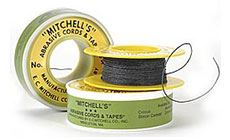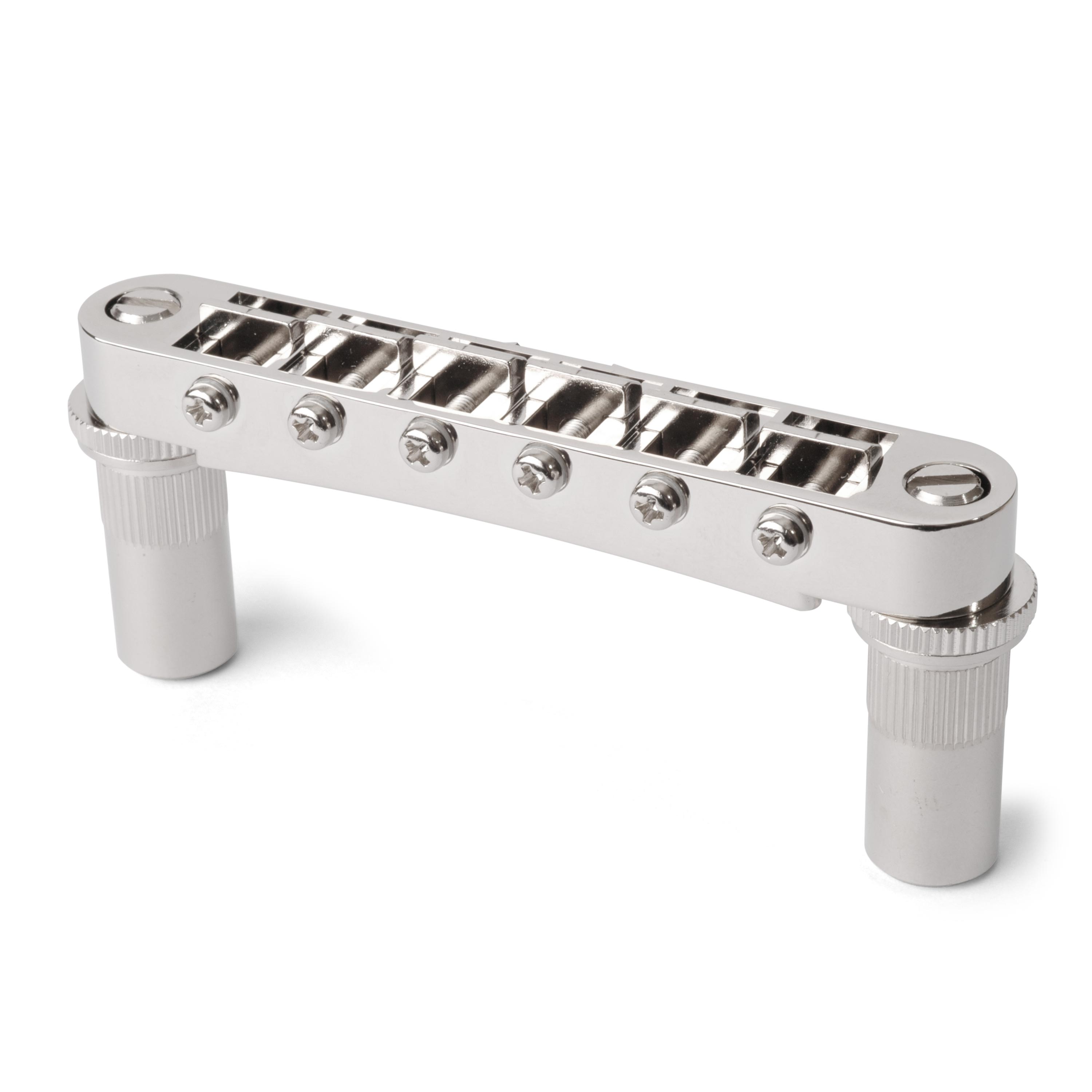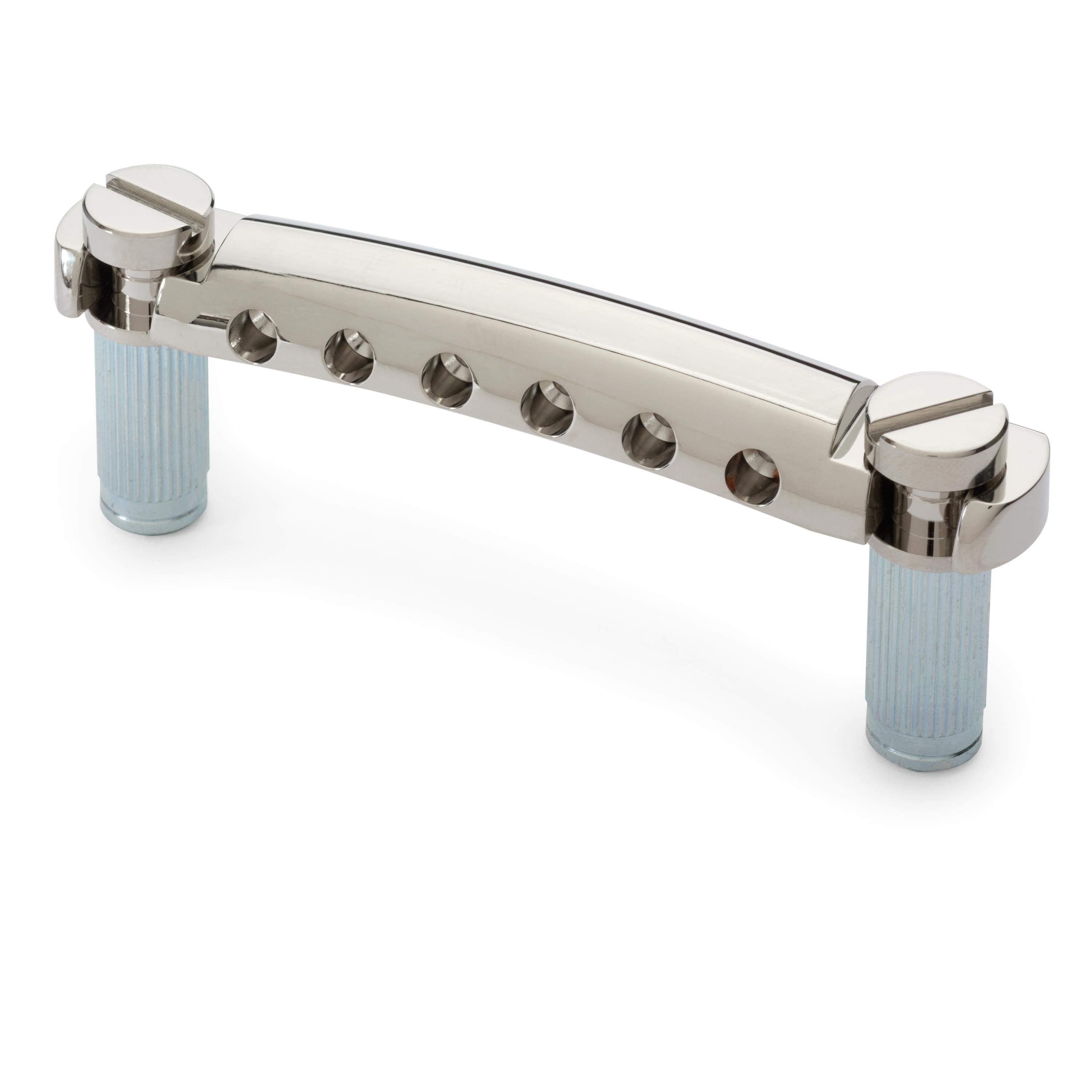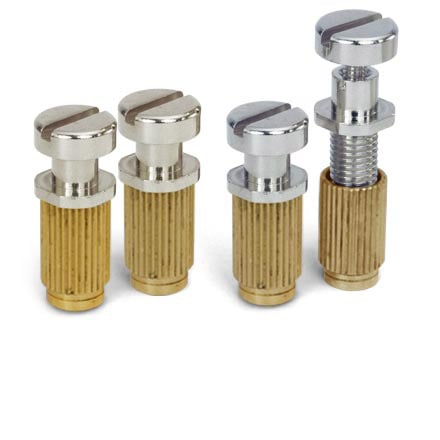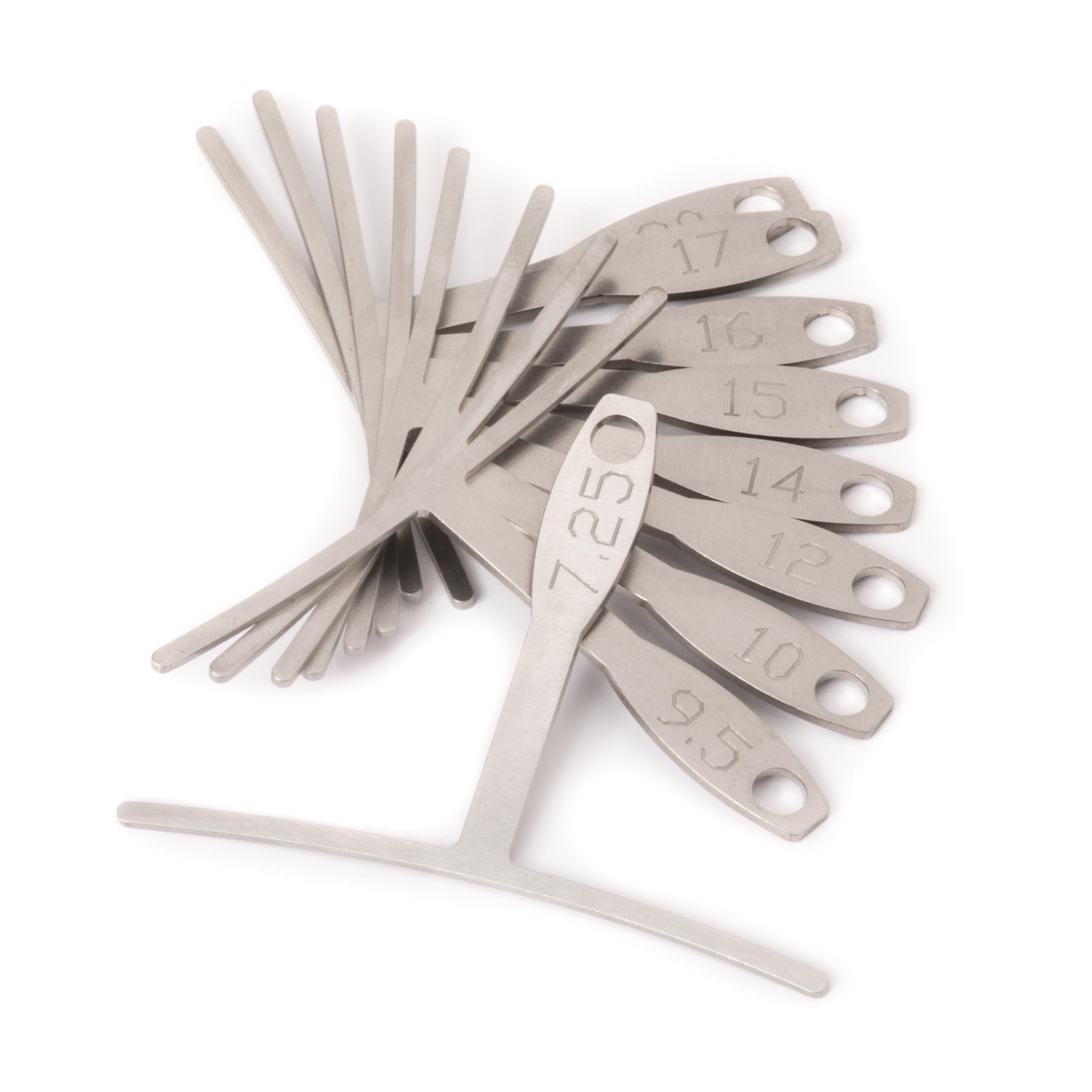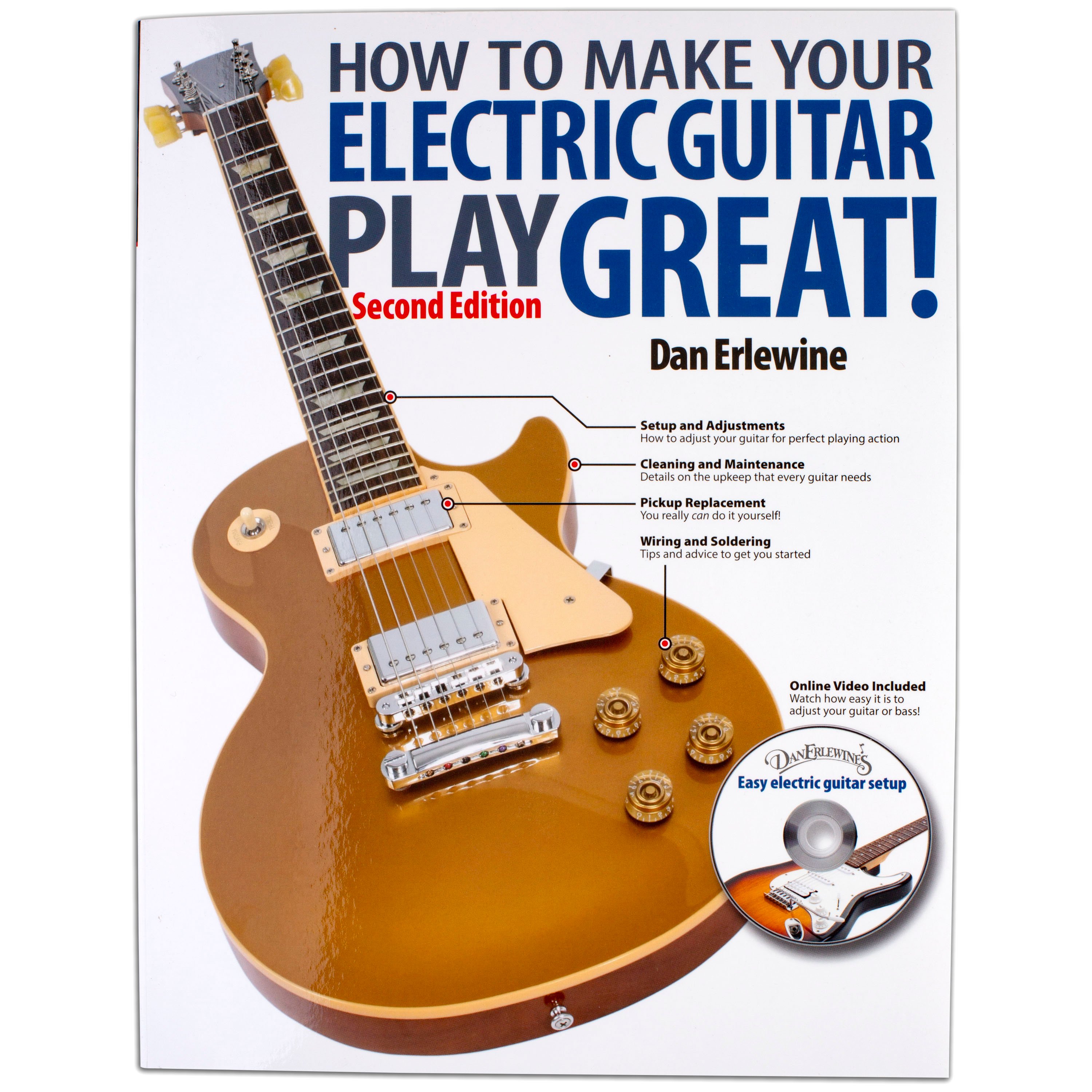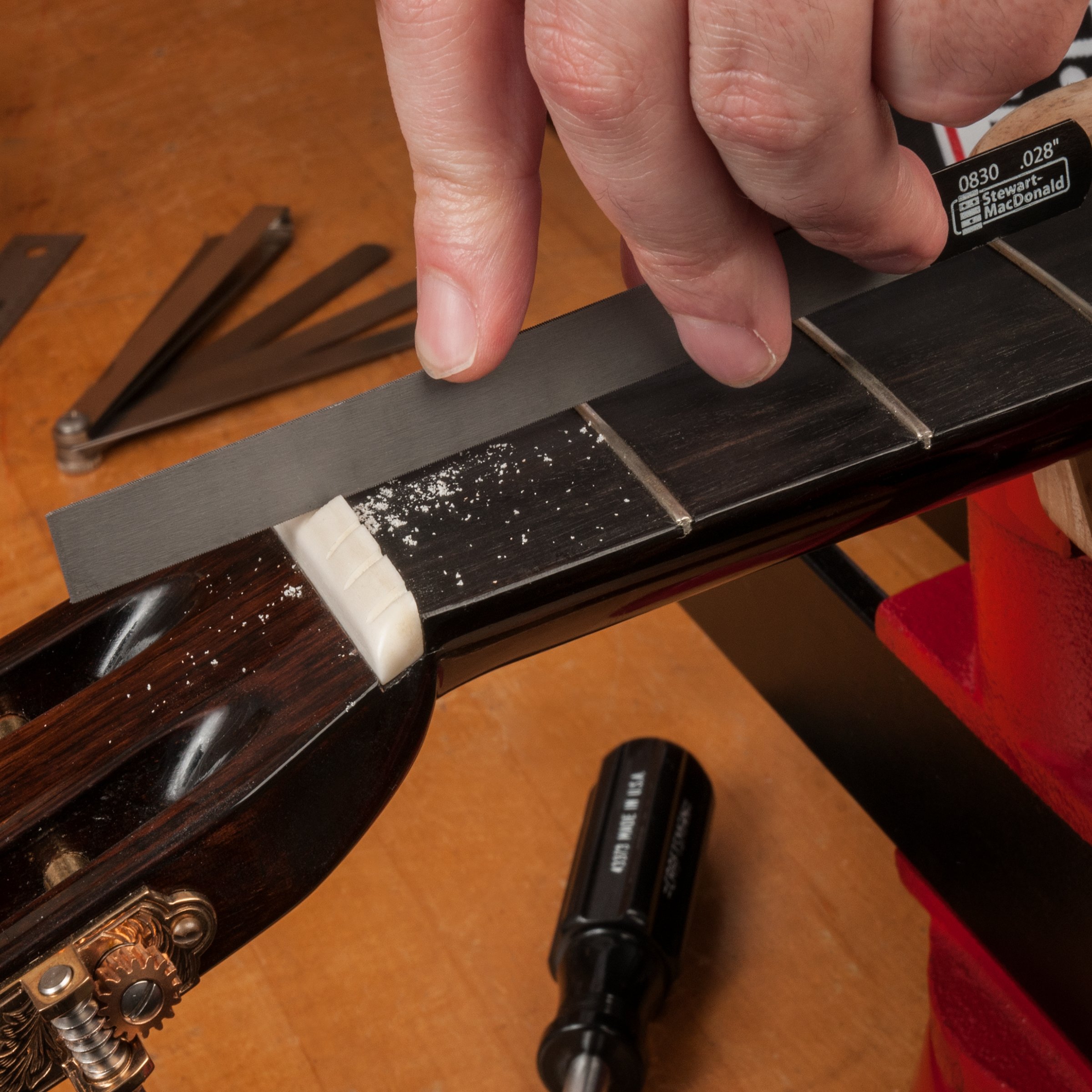Better tone with a lighter Tune-o-matic bridge and tailpiece
When I put two Golden Age humbuckers into this inexpensive guitar, the customer loved the sound. Now he's on a tonequest: he wants to do everything he can to tone up this guitar. Here's Round Two: a better bridge and tailpiece. The stock tailpiece on this guitar was heavy, and I think it was bad for tone. Going back to the 1950s, the prized tailpieces were lightweight aluminum, but sometime in the 70s hardware got heavy as manufactures started using brass and zinc. The idea was “more mass = better sustain”. I say tone’s the main thing, and in my opinion lighter hardware means better tone. The factory tailpiece on this guitar was very heavy (4.8 oz.), and I replaced it with a Gotoh aluminum tailpiece which weighs just 2.7 oz. I mounted it on a set of TonePros locking studs, with screw-down locking caps to secure the tailpiece to the studs. Better coupling of these metal parts also translates to a noticeable improvement in tone. First, the TonePros studs were threaded all the way down into the bushings, then the tailpiece went on and I strung it up to pitch. The factory bridge on this guitar was based loosely on Gibson's original ABR-1 bridge design. Loosely is the word, too: these bridges often have ill-fitting saddles that rattle and buzz along with their retainer wire (the ABR-1 design has a lot of small parts that need to fit well). I installed a Gotoh tune-o-matic bridge. This bridge ships with studs that are a direct replacement on most imports. Simply thread the included posts into the existing body bushings and you’re ready to install the bridge. The well seated saddles are secured to the bridge body by the intonation screws, and the result is a rock-solid unit. The bridge saddles have small starter slots that you should custom-fit to the string gauges you’ll be choosing. When slotting bridges, use gauged files that aren’t more than a few thousands larger than the string diameter. This keeps the string from binding and breaking, or causing tuning issues. Adjust the bridge saddle heights to match the radius of the fretboard. Here, I'm using an understring radius gauge to guide me while I dial in the radius. File the saddle slots so about half of the wound strings are sitting up above the saddle tops, and tops of the unwound strings are even with the saddle tops. Any deeper could cause the strings to bind in the slots. If you find you need the slot deeper than this to match the radius of your fretboard, reshape the saddle for a better fit. For more on this, check out page 49 of Dan Erlewine’s book How To Make Your Electric Guitar Play Great! Once the slots are at the proper radius, clean them up with Mitchell’s abrasive cord: an abrasive-coated string in different diameters. In Dan Erlewine’s shop, we use it for removing file marks and burrs in the string slot. (Thanks to this Trade Secrets story, we’ve starting to carry it at stewmac.com, too!) When you string up, if the strings come in contact with the frame of the bridge, adjust the tailpiece posts higher just a little bit at a time until the strings clear the bridge on the bass and treble sides. This gives enough string clearance over the bridge while allowing the studs to be tightly secured to the guitar face. This is preferred by Jimmy Page, Billy Gibbons and many other pros. The new bridge and tailpiece are strung up and good to go! After the tailpiece height is set up, I put a small hex screw into the bottom of each tailpiece bushing. When the studs go back in, they “jam” down onto these screws and make things super-tight. Combined with the TonePros studs, you get a really solid transfer of vibration to the body. These setscrews are available from hardware suppliers in several lengths but you can also grind one down to get an exact fit. Dan's "jam nut" is a setscrew cut short and jammed tight into the bottom of the bushing. Use Mitchell Abrasive Cord to smooth the string notches after filing. It helps keep the strings from binding in the slots, for more reliable tuning. Available in four thicknesses, Mitchell Abrasive Cord is coated with durable silicon carbide microgrit. Supplied in 50-foot rolls. From $16.54The fight for knockout tone: new bridge and tailpiece
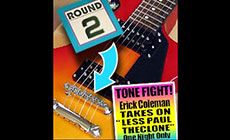
Replacing clunky hardware with lightweight components

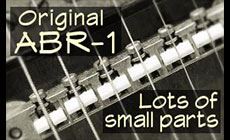

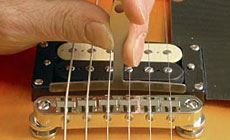
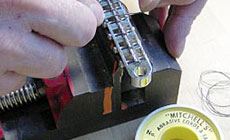
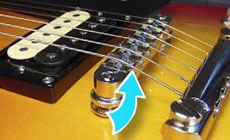
You can also top-wrap the tailpiece.
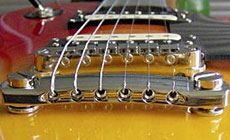
Here’s one more tip:

Dan calls this a Jam Nut.
1st Dibs!
We interrupt this Trade Secret to give you the first look at this new item at stewmac.com
